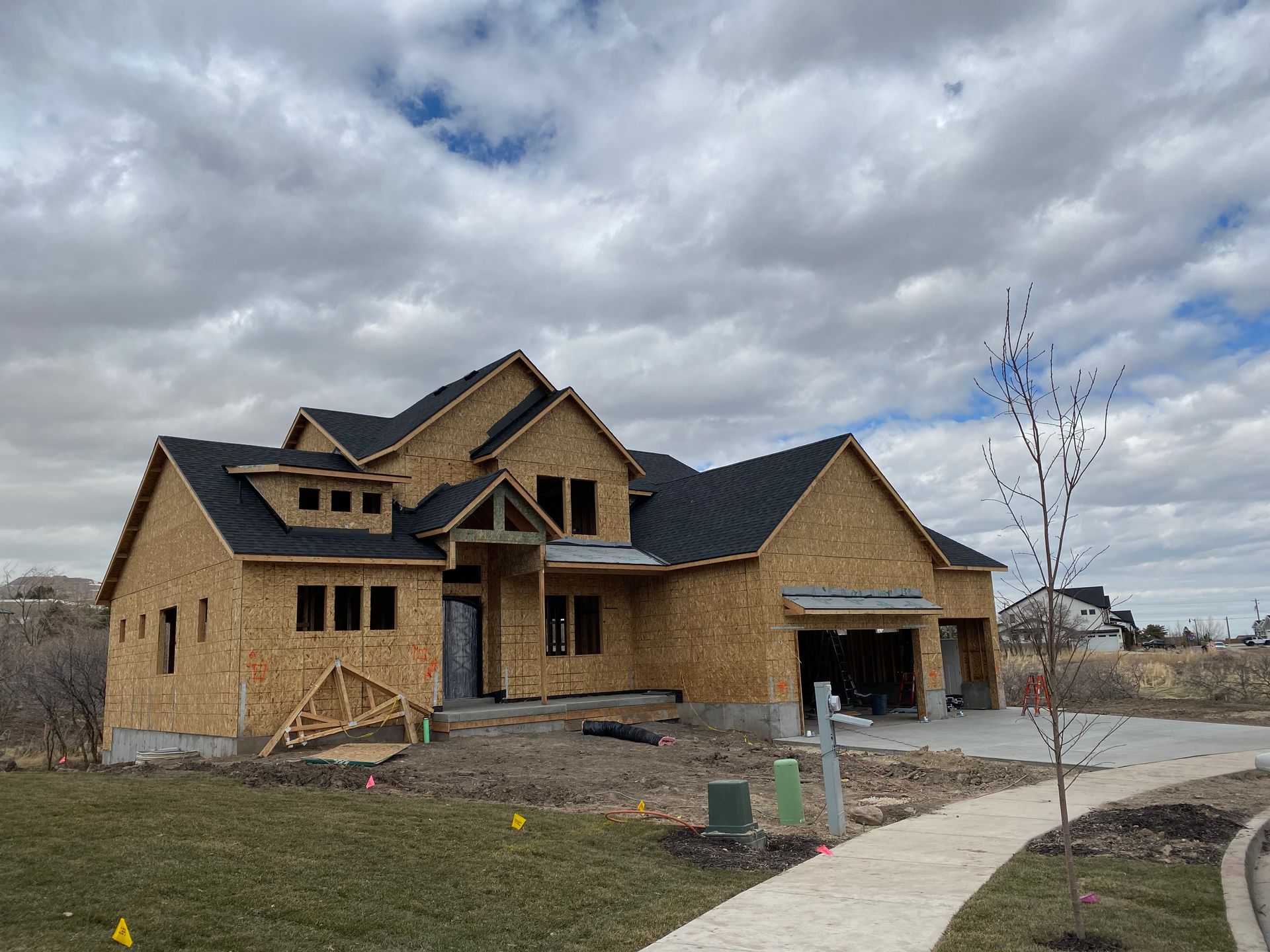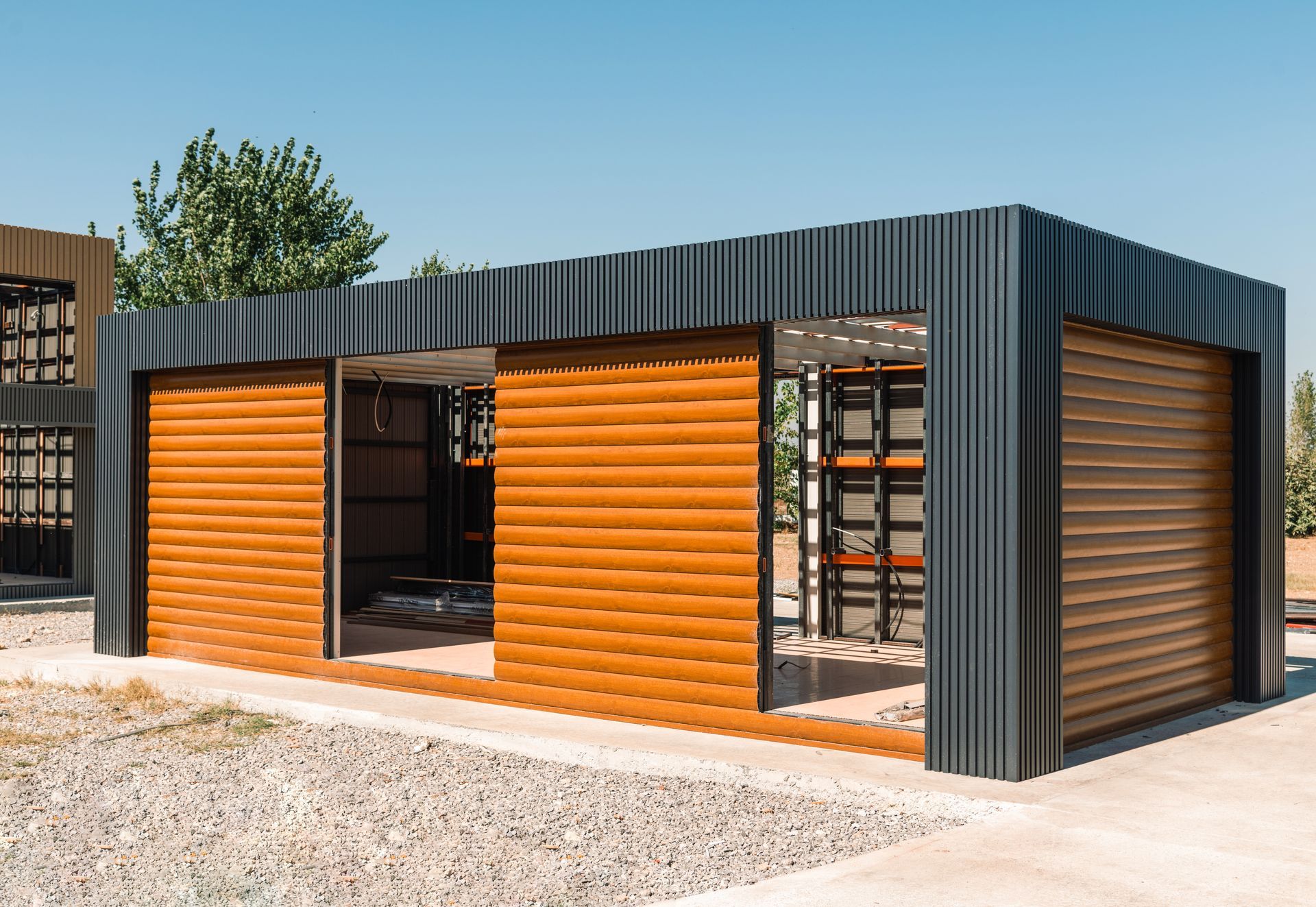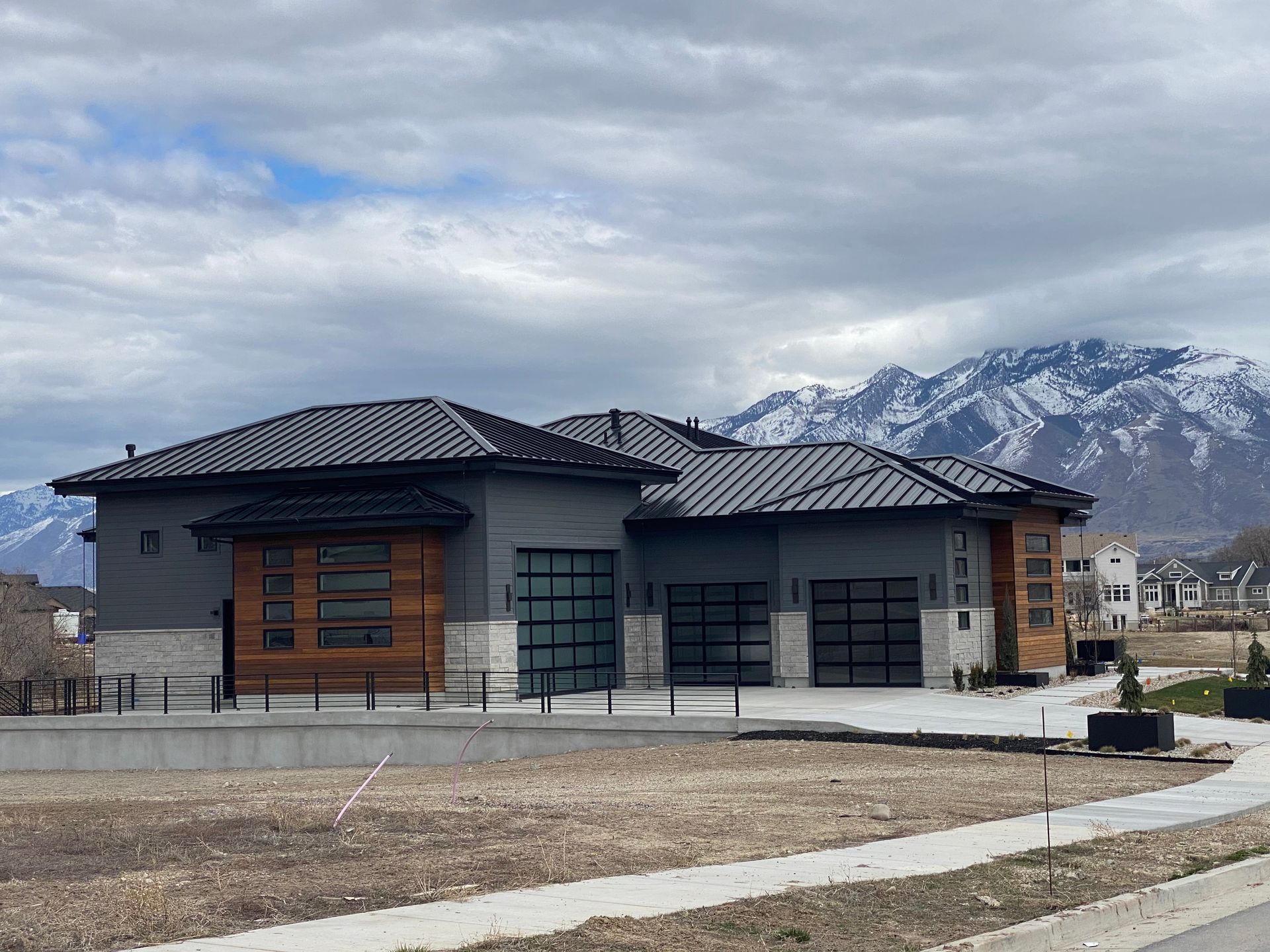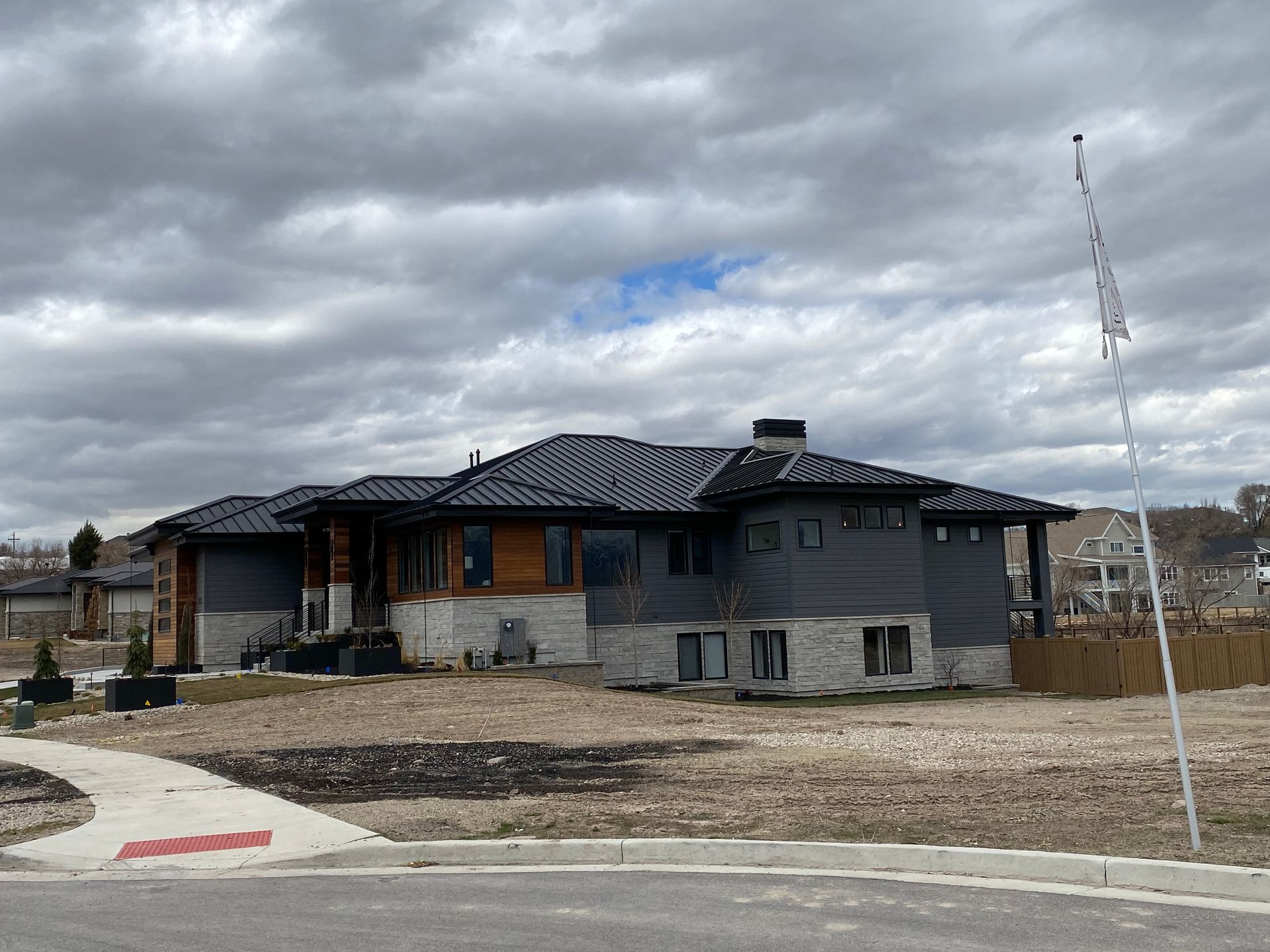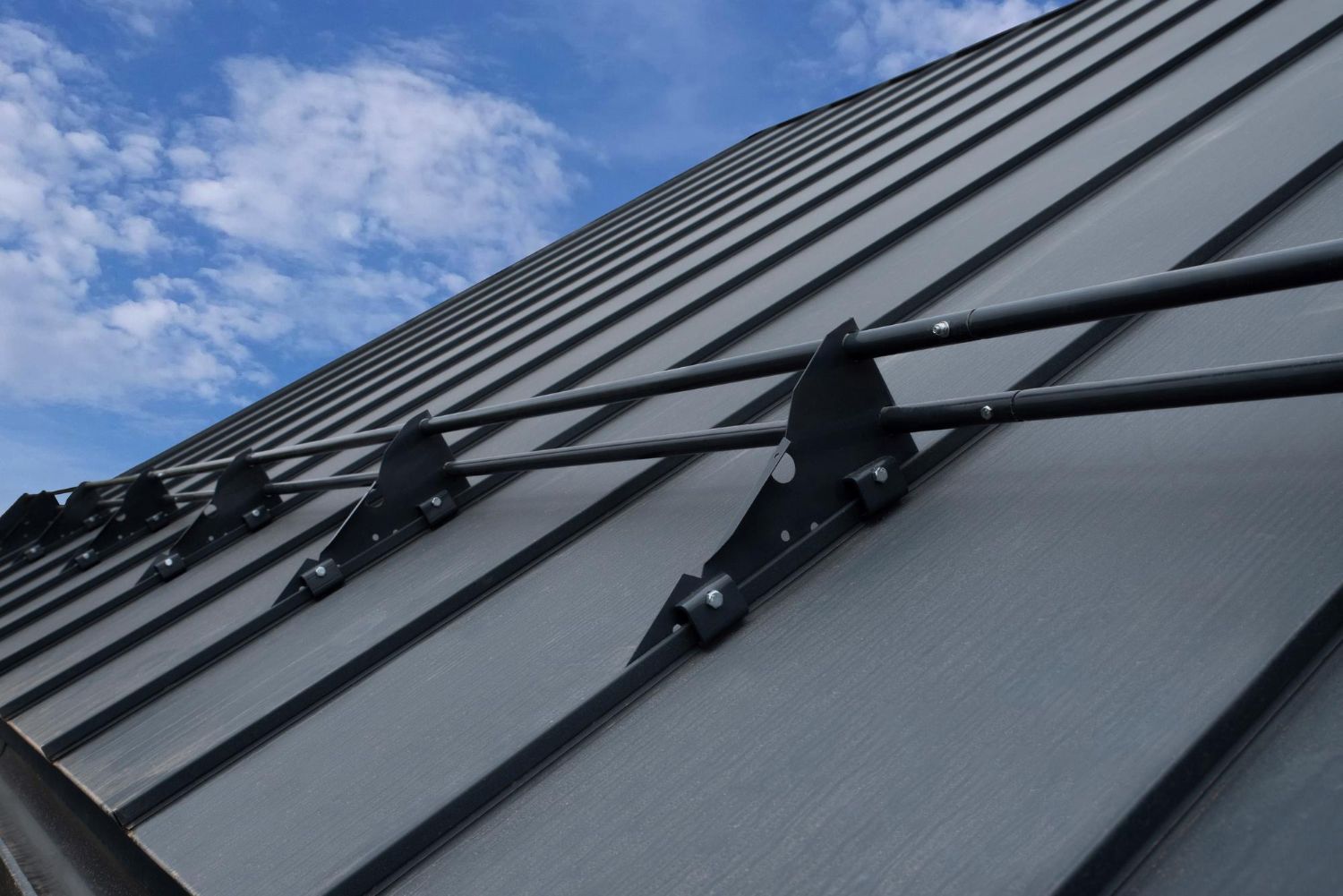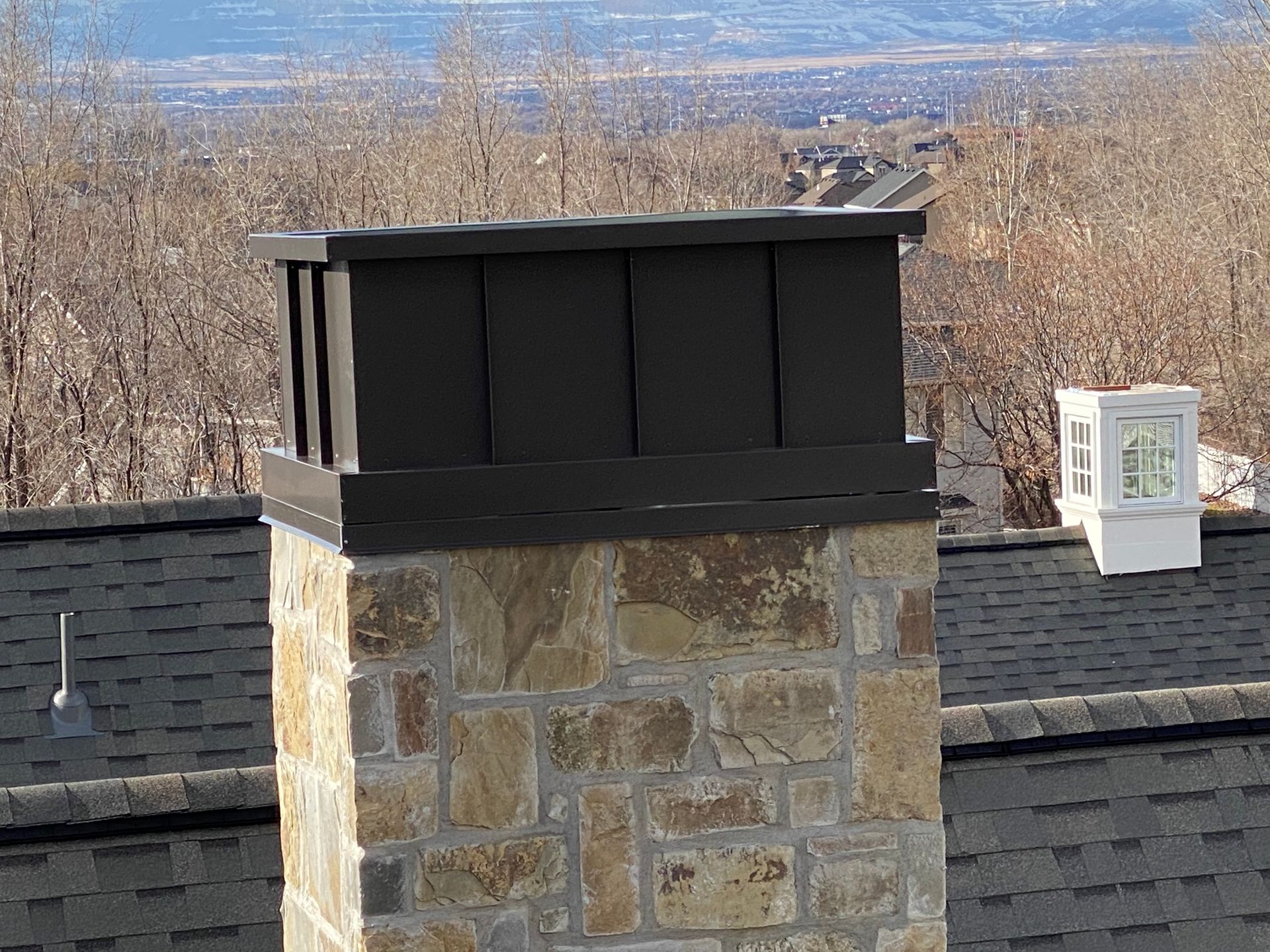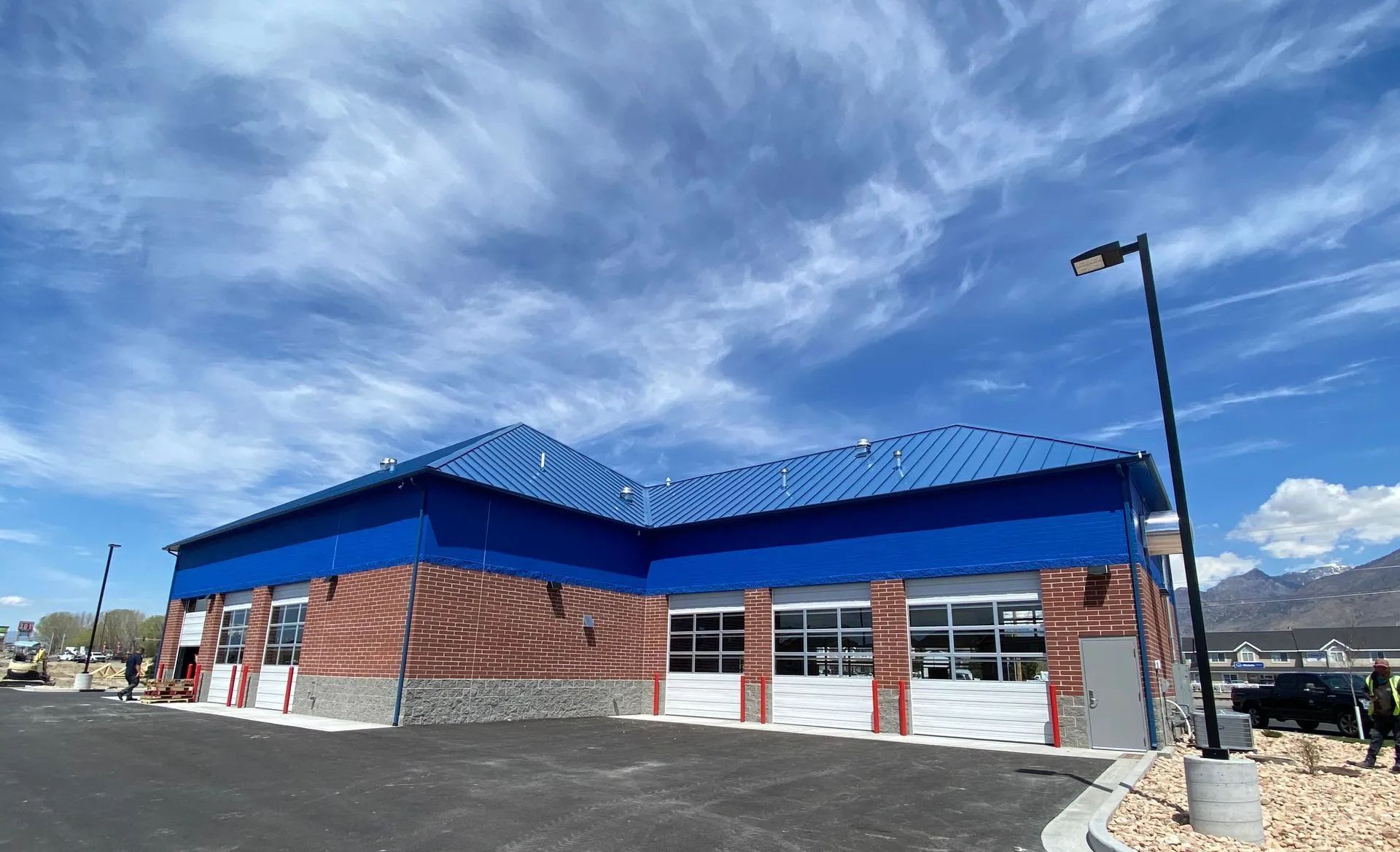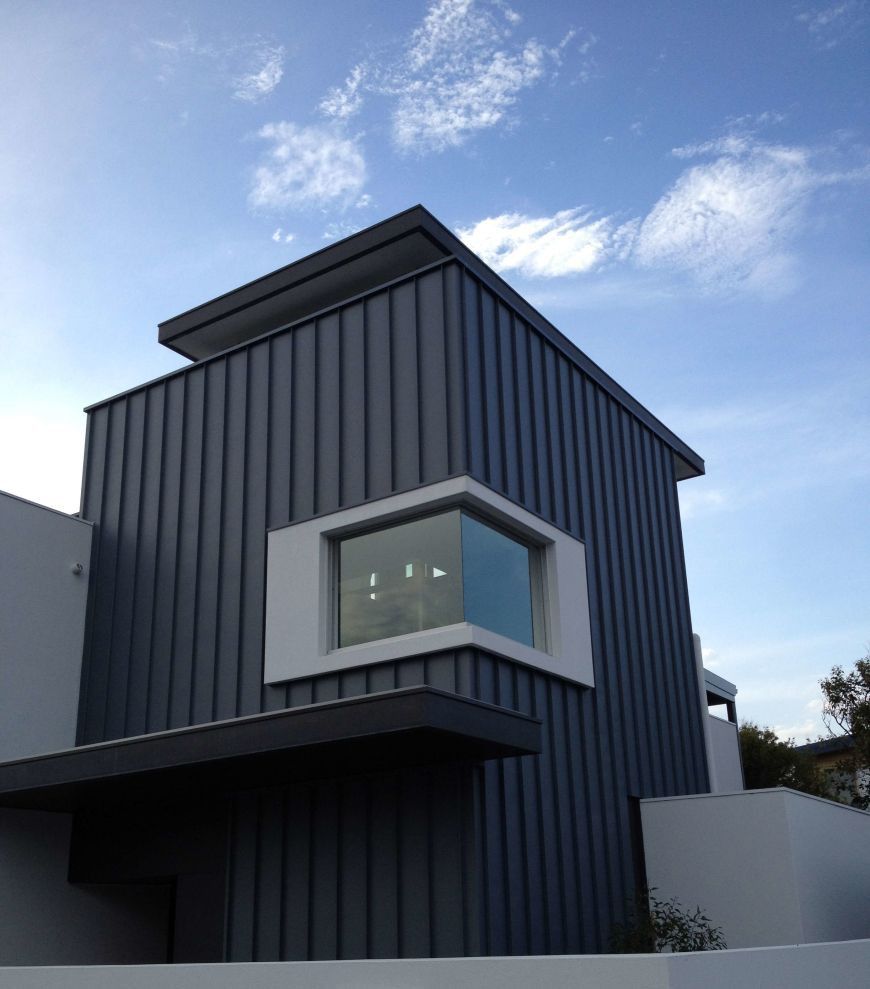Exploring the Benefits of Sheet Metal Fabrication in Construction
Sheet metal fabrication is a cornerstone of modern construction, offering a versatile, durable, and cost-effective solution for a wide range of applications. Whether for roofing, wall panels, or custom architectural features, sheet metal fabrication brings numerous benefits to construction projects. Let's delve into how sheet metal fabrication can elevate your construction endeavors and why it should be an essential consideration for your next project.
The Multifaceted Benefits of Sheet Metal Fabrication
One of the primary advantages of sheet metal fabrication is its versatility. Sheet metal can be molded into virtually any shape, allowing for endless design possibilities. This adaptability makes it an ideal material for a variety of applications, including roofing, wall cladding, ductwork, and custom architectural elements. Additionally, the ability to customize sheet metal means it can be tailored to meet the specific requirements of any project, ensuring a perfect fit every time.
Durability is another significant benefit of sheet metal fabrication. Metals like steel, aluminum, and copper are known for their strength and longevity. When used in construction, these materials can withstand harsh weather conditions, resist corrosion, and maintain their structural integrity for decades. This makes sheet metal a cost-effective choice in the long run, as it reduces the need for frequent repairs and replacements.
Energy Efficiency and Environmental Impact
Sheet metal fabrication can contribute to increased energy efficiency in buildings. Metal roofs, for example, reflect a significant portion of the sun's rays, helping to keep buildings cooler in the summer and reducing the need for air conditioning. In colder climates, metal roofing systems can be designed to provide superior insulation, reducing heating costs. Moreover, the energy efficiency of sheet metal extends to HVAC systems, where ducts made from fabricated metal ensure optimal airflow and minimal energy loss.
Environmental sustainability is another compelling reason to consider sheet metal fabrication. Many metals used in construction, such as steel and aluminum, are highly recyclable. At the end of their life cycle, these materials can be recycled and repurposed, reducing the demand for new raw materials and minimizing environmental impact. Additionally, the recycling process for metals consumes less energy compared to the production of new materials, further contributing to sustainability.
Aesthetic Appeal and Design Flexibility
Beyond its functional attributes, sheet metal fabrication also offers aesthetic benefits. Metal can be finished in a variety of ways, including painting, anodizing, and powder coating, allowing for a wide range of colors and textures. This makes it possible to achieve a desired look that complements the overall design of a building. Whether aiming for a sleek, modern appearance or a more traditional aesthetic, sheet metal can be tailored to meet your design vision.
The flexibility of sheet metal also allows for intricate and unique designs that would be challenging to achieve with other materials. This opens up a world of possibilities for architects and designers, enabling the creation of visually stunning structures that stand out. Custom metal elements can be fabricated to serve both functional and decorative purposes, enhancing the overall appeal of a building.
Cost-Effectiveness of Sheet Metal Fabrication
Cost is always a critical factor in construction projects, and sheet metal fabrication provides a cost-effective solution without compromising on quality. While the initial cost of metal materials may be higher than some alternatives, the long-term savings are substantial. The durability and low maintenance requirements of sheet metal reduce ongoing expenses, making it a financially sound investment.
Furthermore, advances in fabrication technology have streamlined the production process, making custom metal components more accessible and affordable. Precision cutting, welding, and forming techniques allow for efficient fabrication, reducing labor costs and project timelines. This efficiency translates to overall savings, making sheet metal fabrication a smart choice for budget-conscious construction projects.
Applications of Sheet Metal Fabrication in Construction
Sheet metal fabrication finds applications in numerous aspects of construction. Roofing is one of the most common uses, with metal roofs offering superior durability, energy efficiency, and aesthetic appeal. Wall panels and cladding made from sheet metal provide excellent protection against the elements while enhancing the visual appeal of a building.
In addition to these exterior applications, sheet metal is also used in interior construction. HVAC ductwork, for example, relies on fabricated metal for its strength and precision. Custom metal elements, such as staircases, railings, and decorative features, add both functionality and style to interior spaces. The versatility of sheet metal makes it suitable for a wide range of uses, from essential structural components to intricate design elements.
Choose B&D Architectural Metals for Your Sheet Metal Fabrication Needs
As we’ve explored, the benefits of sheet metal fabrication in construction are extensive, offering versatility, durability, energy efficiency, and aesthetic appeal. When considering sheet metal solutions, it's crucial to partner with a trusted provider who can deliver high-quality materials and expert craftsmanship.
At B&D Architectural Metals, we specialize in custom sheet metal fabrication services tailored to meet your unique needs. Our experienced team is committed to providing top-notch solutions that enhance the functionality and beauty of your project. Contact us today to learn more about our services and how we can help bring your vision to life. Partner with B&D Architectural Metals and experience the excellence we bring to every project.
